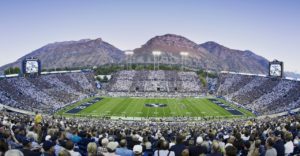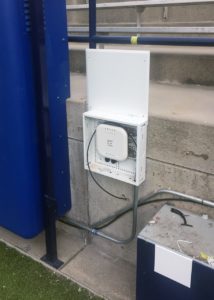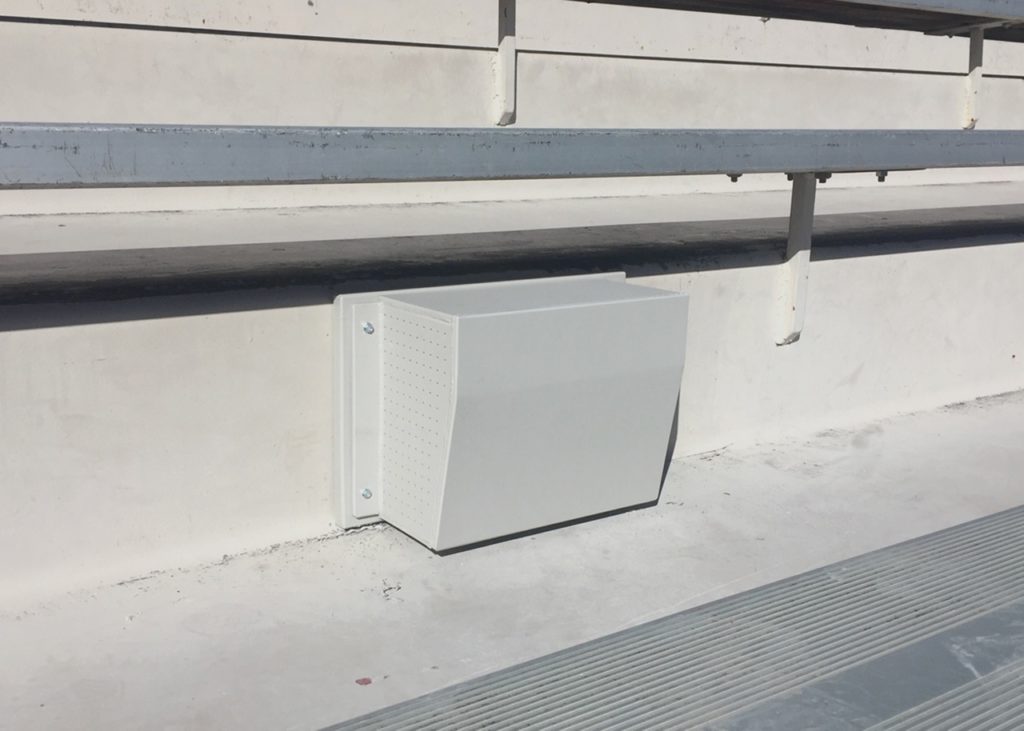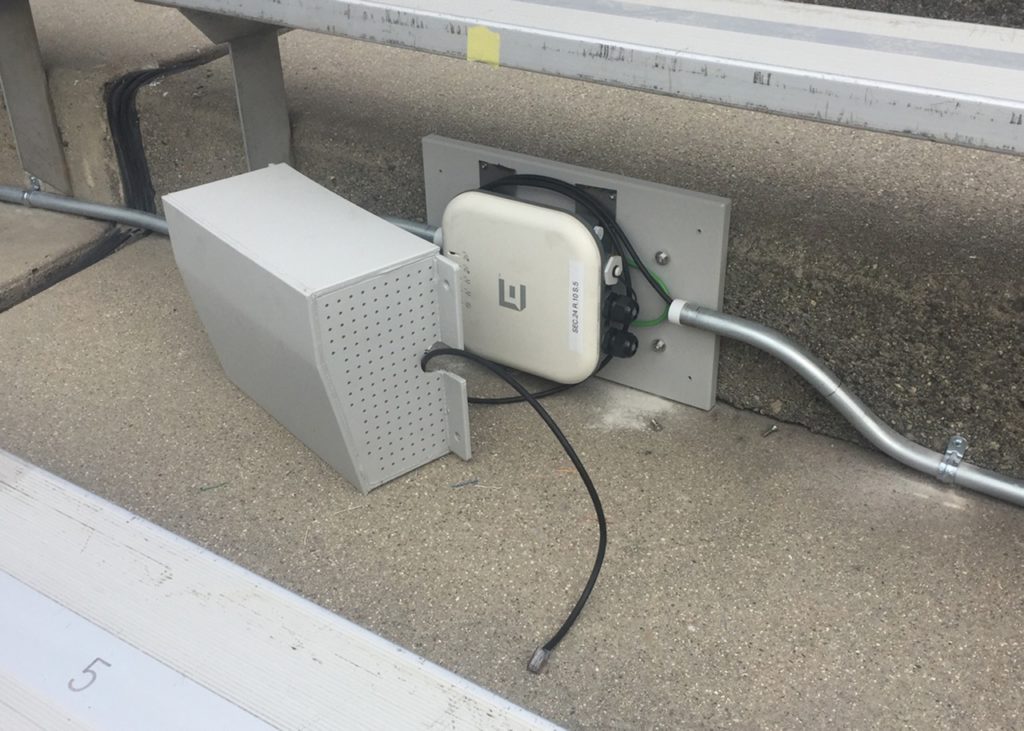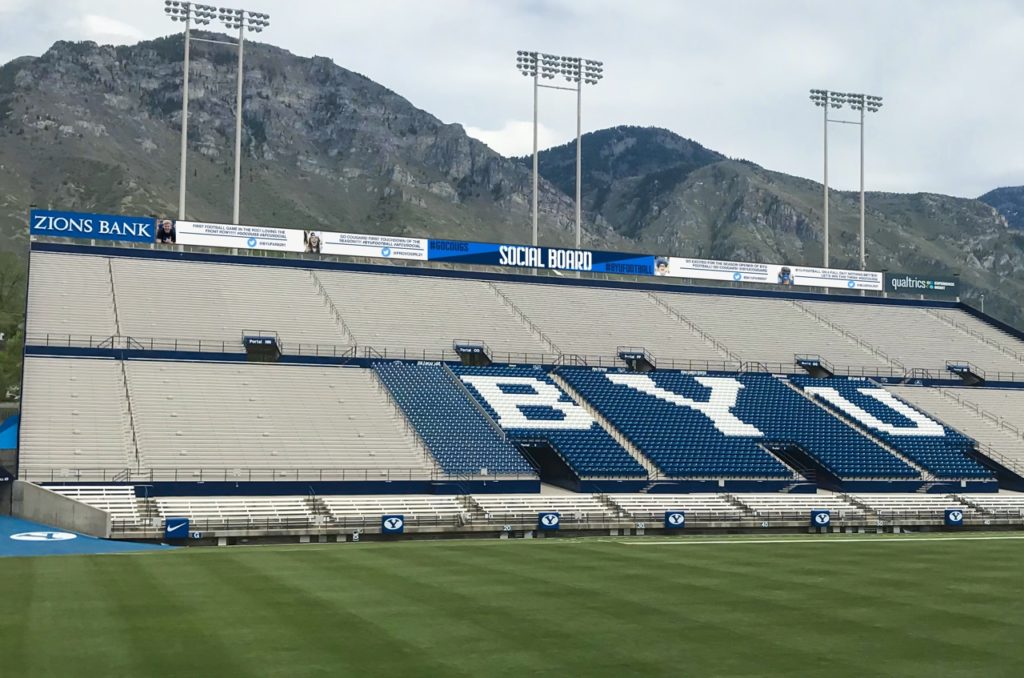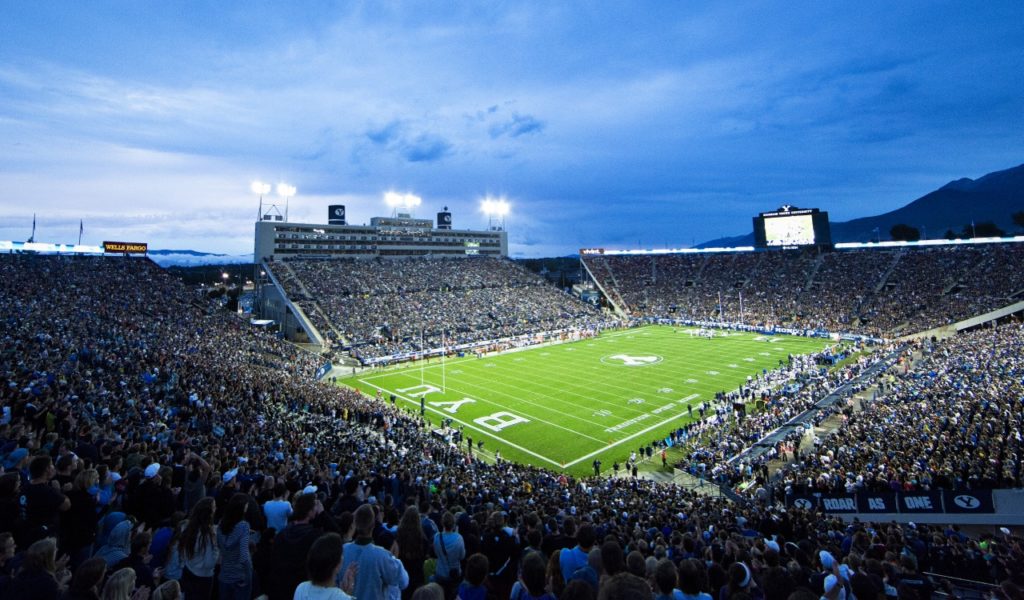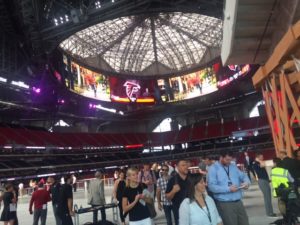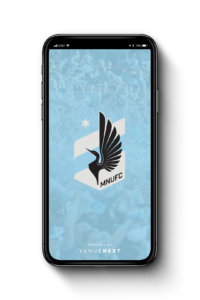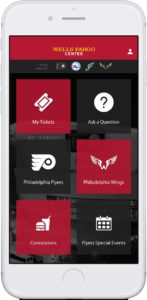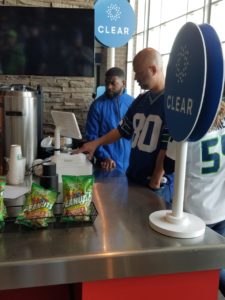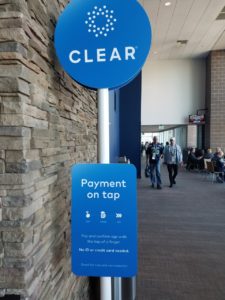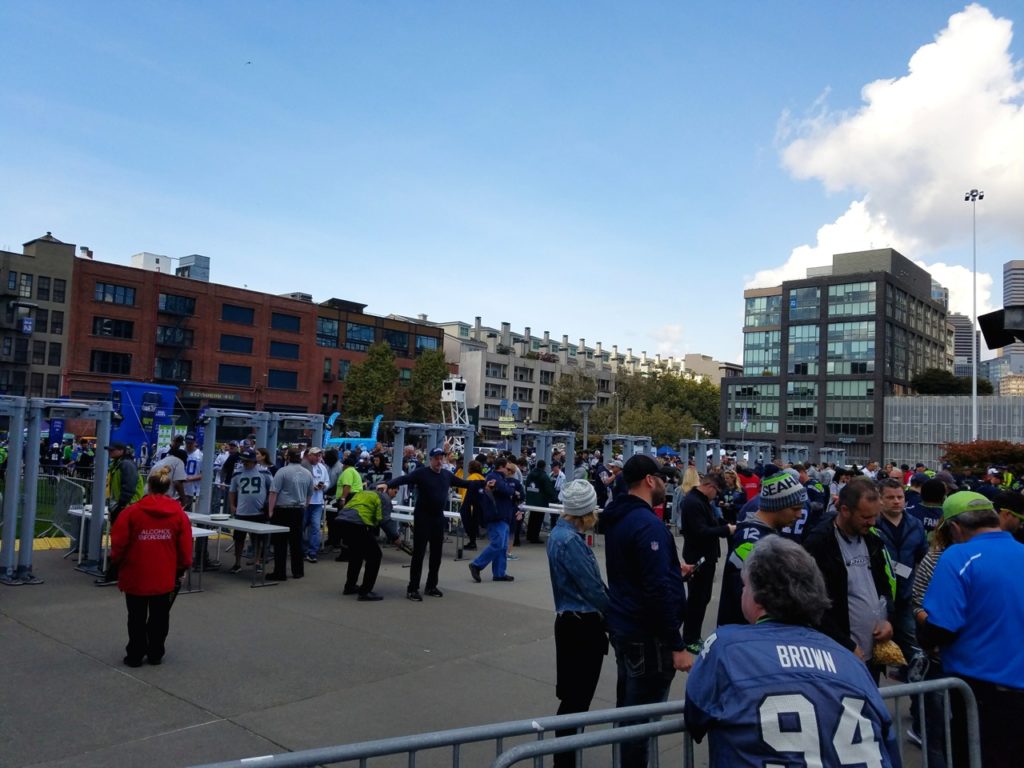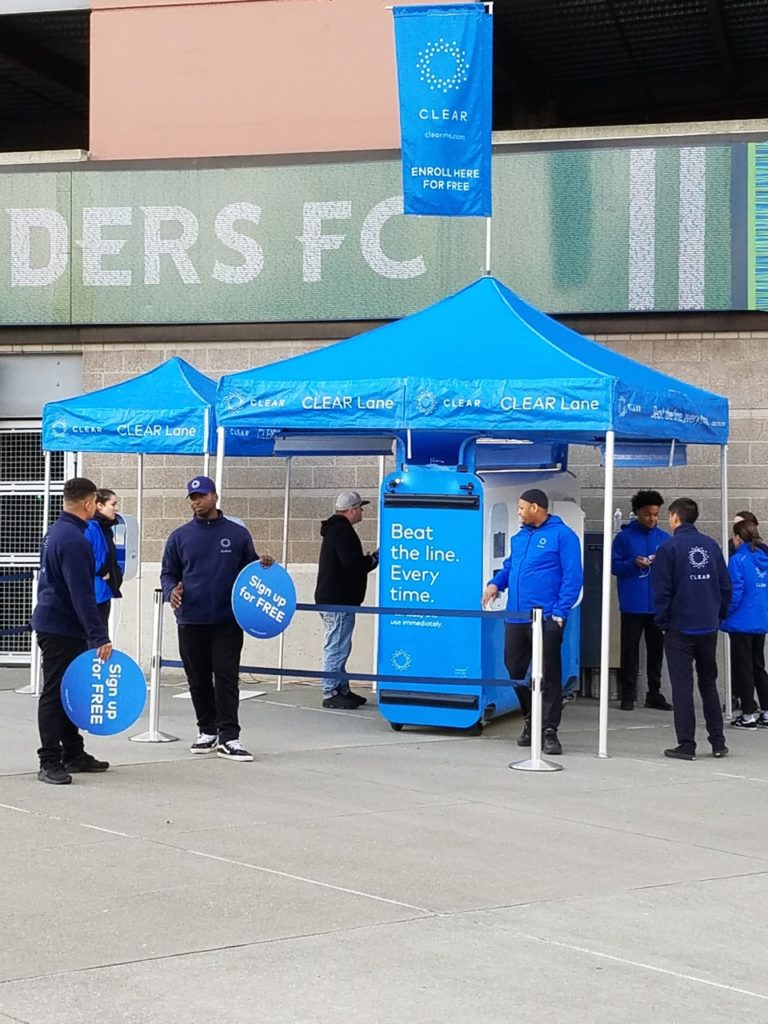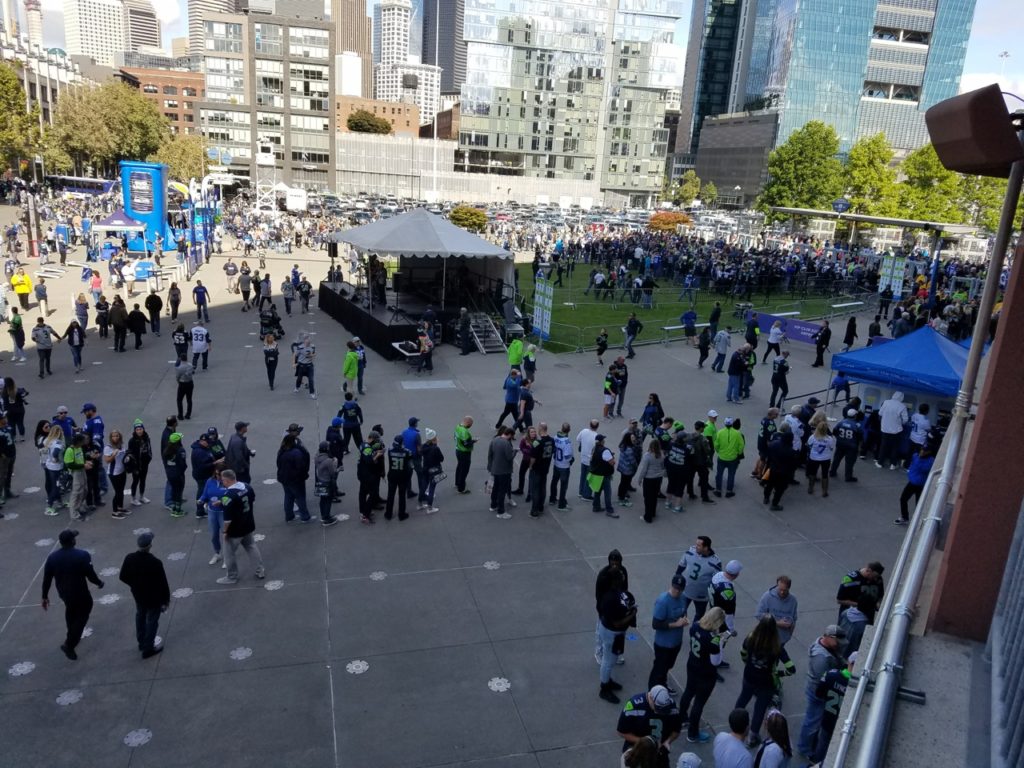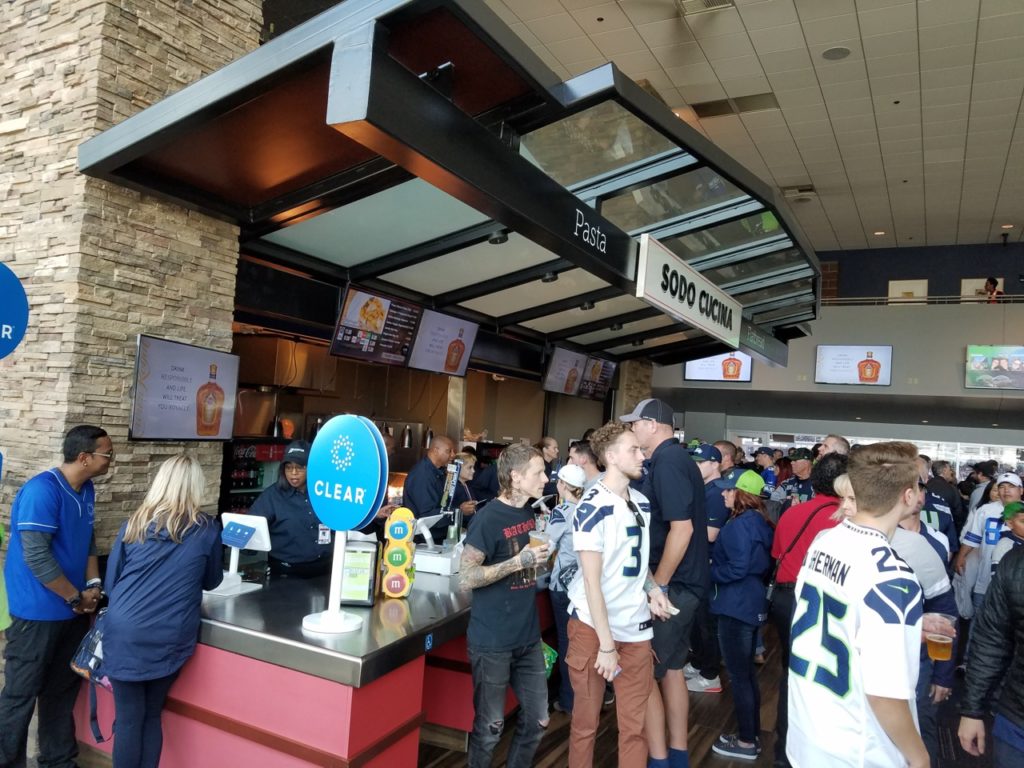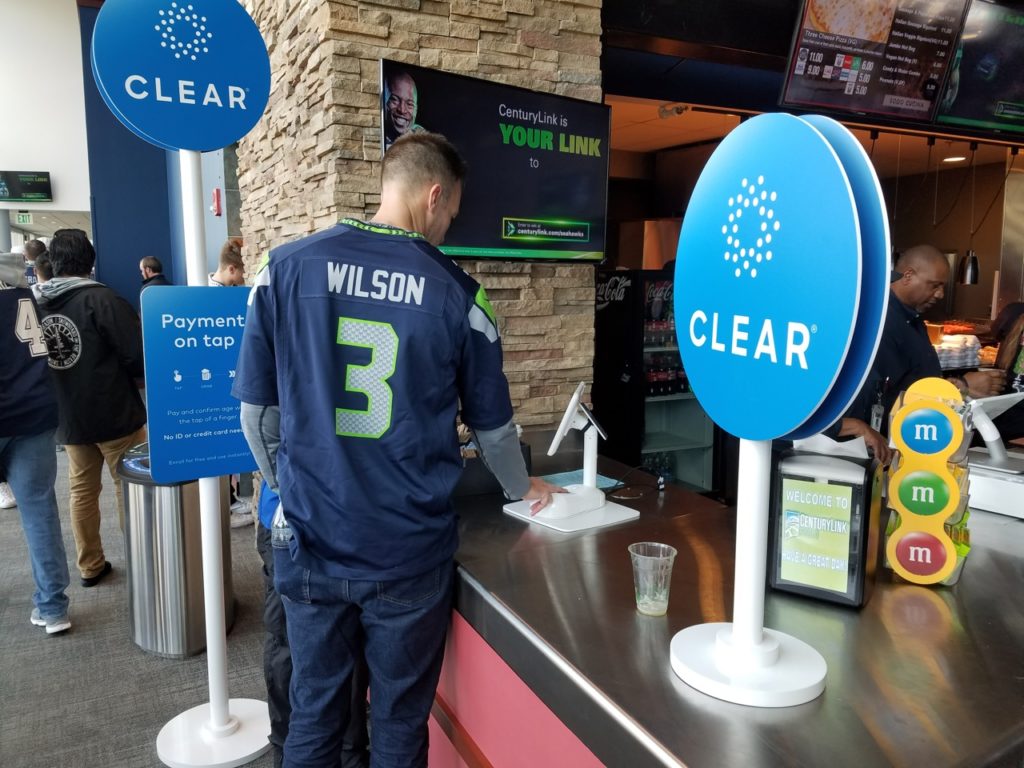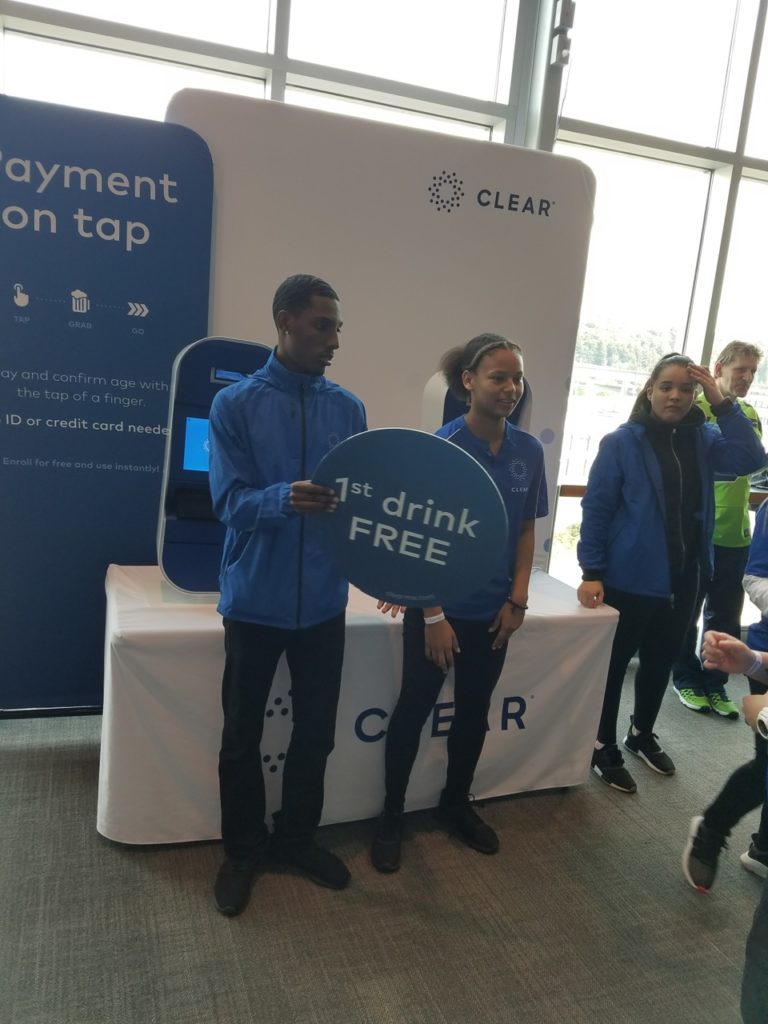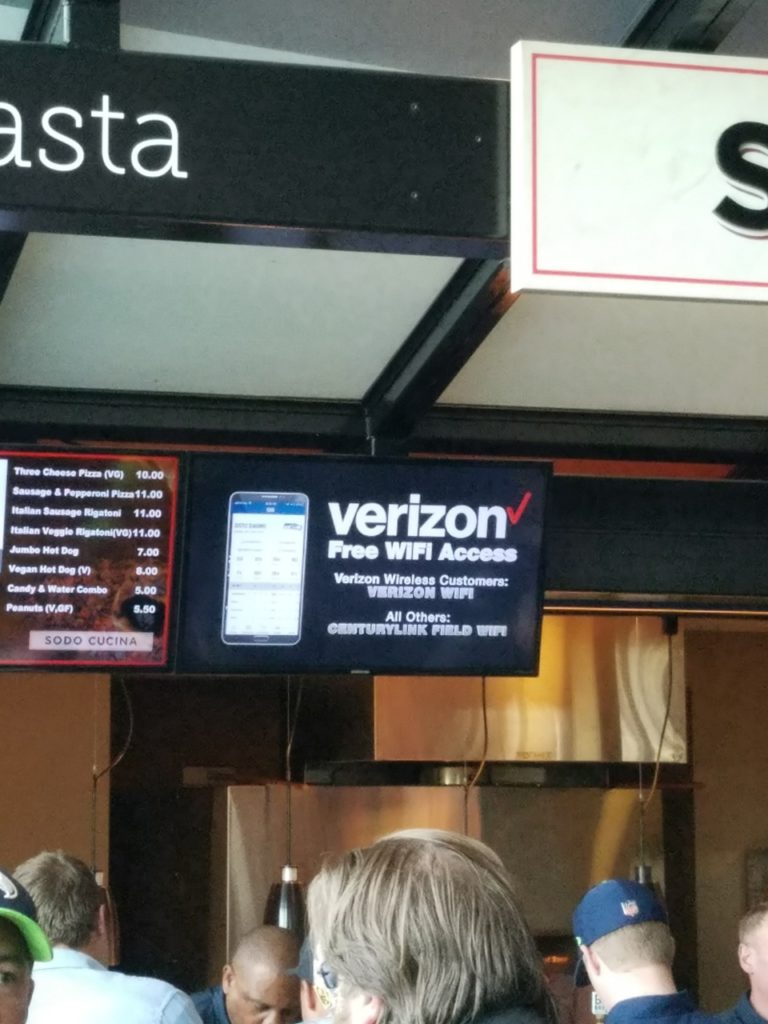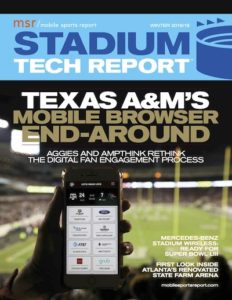 In the short history of in-stadium mobile fan engagement, a team or stadium app has been the go-to strategy for many venue owners and operators. But what if that strategy is wrong?
In the short history of in-stadium mobile fan engagement, a team or stadium app has been the go-to strategy for many venue owners and operators. But what if that strategy is wrong?
That question gets an interesting answer with the lead profile in our most recent STADIUM TECH REPORT, the Winter 2018-19 issue! These quarterly long-form reports are designed to give stadium and large public venue owners and operators, and digital sports business executives a way to dig deep into the topic of stadium technology, via exclusive research and profiles of successful stadium technology deployments, as well as news and analysis of topics important to this growing market.
Leading off for this issue is an in-depth report on a new browser-based digital game day program effort launched this football season at Texas A&M, where some longtime assumptions about mobile apps and fan engagement were blown apart by the performance of the Aggies’ new project. A must read for all venue operations professionals! We also have in-person visits to Atlanta’s Mercedes-Benz Stadium and the renovated State Farm Arena, the venue formerly known as Philips Arena. A Q&A with NFL CIO Michelle McKenna-Doyle and a report on a CBRS network test by the PGA round out this informative issue! DOWNLOAD YOUR REPORT today!
We’d like to take a quick moment to thank our sponsors, which for this issue include Mobilitie, JMA Wireless, Corning, Huber+Suhner, Boingo, Oberon, MatSing, Neutral Connect Networks, Everest Networks, and ExteNet Systems. Their generous sponsorship makes it possible for us to offer this content free of charge to our readers. We’d also like to welcome readers from the Inside Towers community, who may have found their way here via our ongoing partnership with the excellent publication Inside Towers. We’d also like to thank the SEAT community for your continued interest and support.
As always, we are here to hear what you have to say: Send me an email to kaps@mobilesportsreport.com and let us know what you think of our STADIUM TECH REPORT series.
